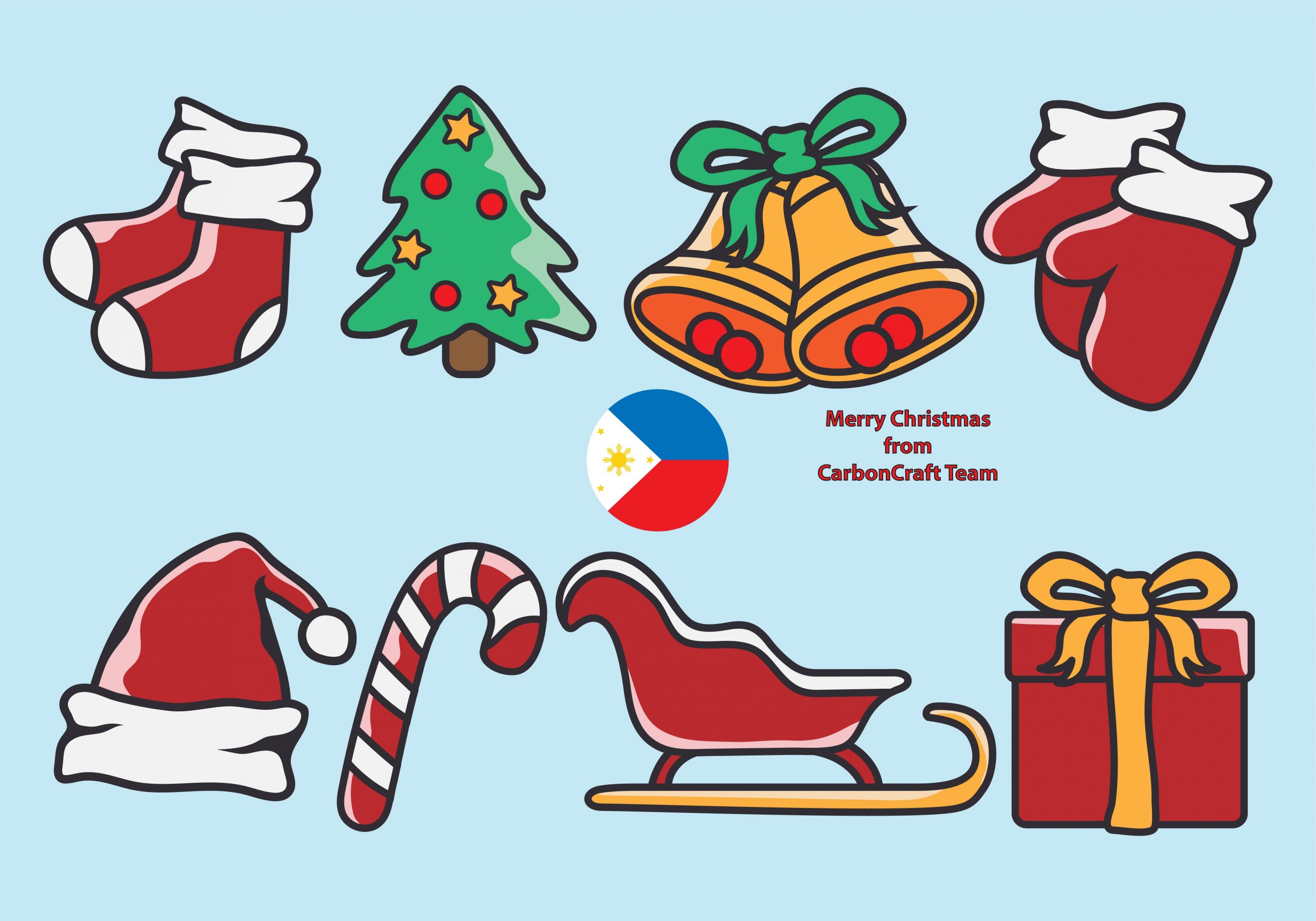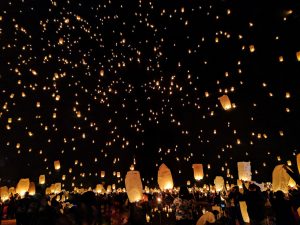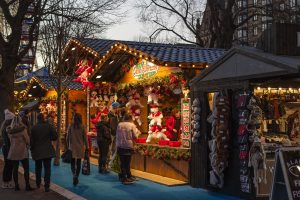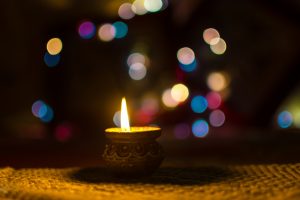The Republic of the Philippines is a predominantly Catholic Christian nation which devotes much attention to Christmas. The celebration starts very early, on the 1st of September and ends on the third or fourth week of January, on the Epiphany day.
History of Christmas and Christianity in the Philippines
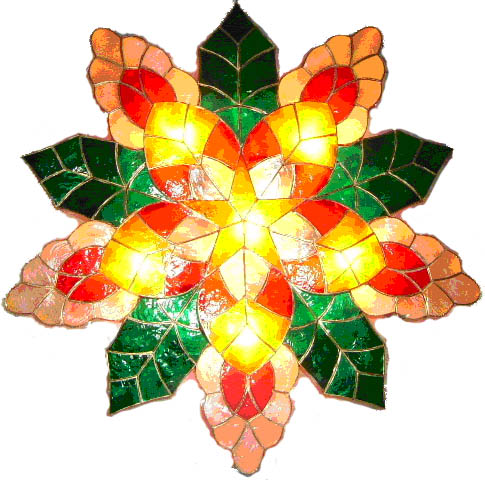
The Philippines was historically a Spanish colony. Therefore, Spaniards shaped much of the language, culture, and religion of the nation.
Many missionaries from Spain and Portugal came to the Philippines. Consequently, those brought with them Christian ideologies and value. Today all of these have became deeply ingrained into the Filipino traditions.
One notable celebration for Christians is the birth of Jesus Christ. This is manifested in the Christmas celebration, which became very famous in the Philippines. Therefore, visiting Manila streets starting from late summer till mid winter, will be an immense Christmasy experience.
Notwithstanding the fact that the history of this religion in the Philippines is very old. It dates back to the era of the Arab Christian merchants that visited the archipelago. However, the real and quick transformation started with the Portuguese navigator Ferdinand Magellan in 1521.
He first set foot on Cebu Island in the central region of the Philippines. Correspondingly, this was a strategic location and a great starting point for his expedition and conversion of the local people to Christianity.
Christmas Preparations in the Philippines
Many forms of the celebration starts in what is conventionally summer for most people. For instance, many Europeans and Americans are still hitting the beach in September. Notably, this is the northern hemisphere, where winter and snow are at least 4 months away. Consequently, the traditional Christmas is far from their minds.
Meanwhile in the Philippines, Christmas Carols are tuning in almost every shop you visit. Additionally, Christmas decorations fill all homes, streets, malls, shops and public places. The most popular decoration is the bamboo parol with the star lantern. This is one of the most sacred Christmas signs. It represents the star in the Bible that guided the Wise Men.
Simbáng Gabi Masses are 9 days masses celebrated in the Philippines from December 16 till 24. All of these masses are the preparation for the ultimate mass on Christmas day.
Christmas Eve and Day Celebrations in the Philippines
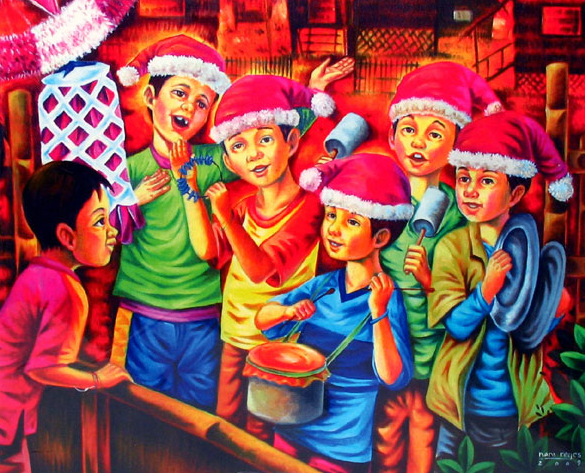
On Christmas Eve, on December 24, and after months of preparations, the mega celebration starts. Like any other Christian nation, Filipinos gather with their family members. They sit together to have the Nochebuena or the Christmas Feast. With no surprise now, this naming derives from Spanish.
The feast usually consists of a big ball of Edam cheese that Fillipinos call Queso de Bola. Additionally, carbohydrates based dishes are present like bread, Asian noodles and Italian pastas. One particular dish is omnipresent on most tables, which is the Spanish Jamón (Hamón) or Ham. This is a Christmas delicacy that is prepared carefully for the special evening.
For sweet meal endings, the Pandesal breads are the best option. These are special Filipino breads that are powdered with sugar and sometimes cinnamon. Therefore, they are a light treat after a big meal.
When the meal is over, family and friends exchange presents and march towards churches to celebrate the Midnight Mass. This jubilant celebration is the joy of Jesus Christ’s Birth.
Most importantly, Filipinos stay vigil to celebrate the midnight hour of this special night. After all, this celebration is all about prayers, peace and harmony which keeps everyone engaged.
Later, when the mass is over, some Filipinos go home to rest. However, the younger people will keep each other company, as Filipinos are very sociable and friendly. Therefore, they spend the rest of the night chanting Christmas Carols and prayers.
Many tourists spending Christmas in the Philippines find great joy in this celebration. The locals are very welcoming to visitors. As a result, foreigners will feel at home, especially during the festive season.

